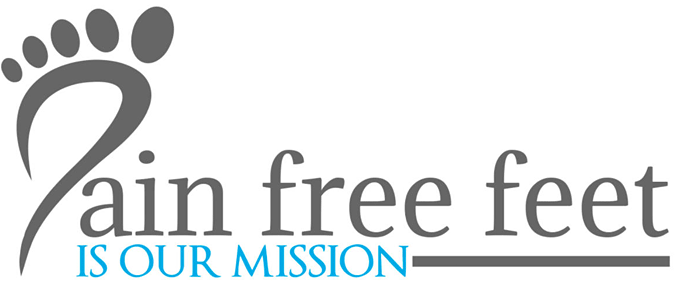At least 50 percent of foot amputations in diabetics can be prevented through proper care and awareness
Diabetes can result in various, serious complications. Among the most devastating, yet most preventable, is amputation of the lower extremities, including the toes and feet. Amputations can be avoided by the medical management of blood sugar levels along with regular footcare treatments provided by a chiropodist/podiatrist.
Diabetes footcare don’ts:
- Never go barefoot indoors or out. A splinter, piece of glass or even a small scrape can lead to a non-healing wound.
Avoid regularly soaking your feet which can dry them out and lead to cracked skin. This could cause a skin infection.
Try not to cross your legs when sitting as this can stop the blood flow into your feet. - Don’t break-in a new pair of shoes in one day. New shoes need to be gradually broken in over a few days. For example 45 minutes the 1st day, 90 minutes, the 2nd day. You can add 45 minutes each day until you can wear them the whole day without skin irritation. Be sure to inspect feet during this process to make sure that the new shoes have not created blisters or cuts.
Diabetes footcare dos:
- Check your feet daily for redness or any type of irritation. You can use a plastic mirror on the floor if you cannot see the bottom of your feet, or ask someone to assist you.
Keep feet clean by washing them daily, using warm water and mild soap. Dry thoroughly. - In particular, keep area in between toes dry and free of moisture to avoid a fungal infection.
If you have dry skin use a urea based emollient on daily basis - When trimming toenails, cut across and be sure not to leave sharp edges that might cut other toes. Seek the assistance of a podiatrist/chiropodist (foot specialist) if toenails are too thick to cut with a toenail clipper.
Protect feet by wearing shoes that fit properly. Poor fitting shoes are the source of most of the foot problems in diabetics. - Buy shoes that are made of cotton or leather – their natural “fibers” allow feet to breathe. Alternate shoes daily to avoid constant pressure in the same spot of the foot.
- Choose the right socks. Wear soft, seamless, protective socks that don’t cut off you circulation. Ask you chiropodist/podiatrist for sock recommendations.
- Wear shoes and protective socks at ALL times.
- See your physician if a wound, blister or skin irritation is not healing in a timely manner.
